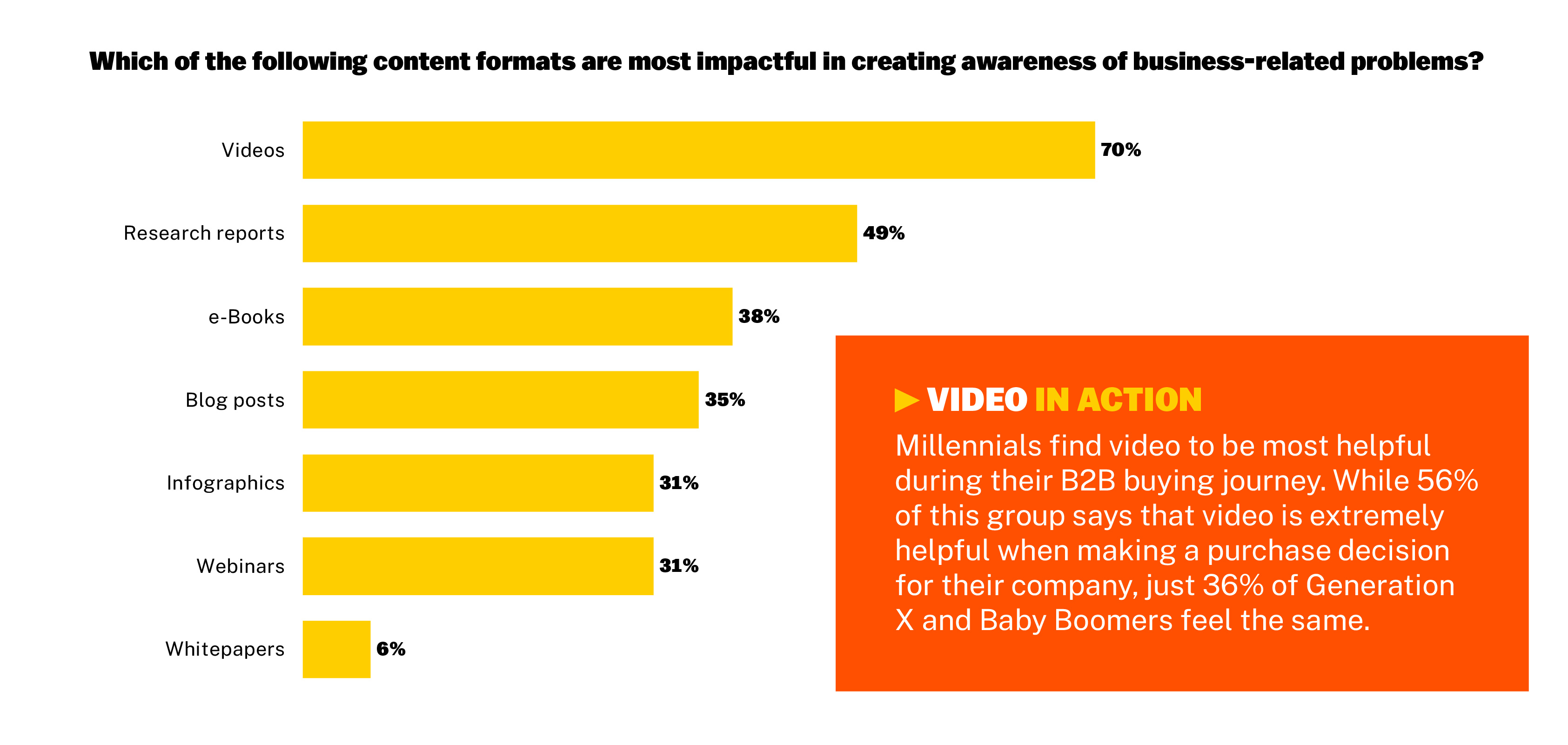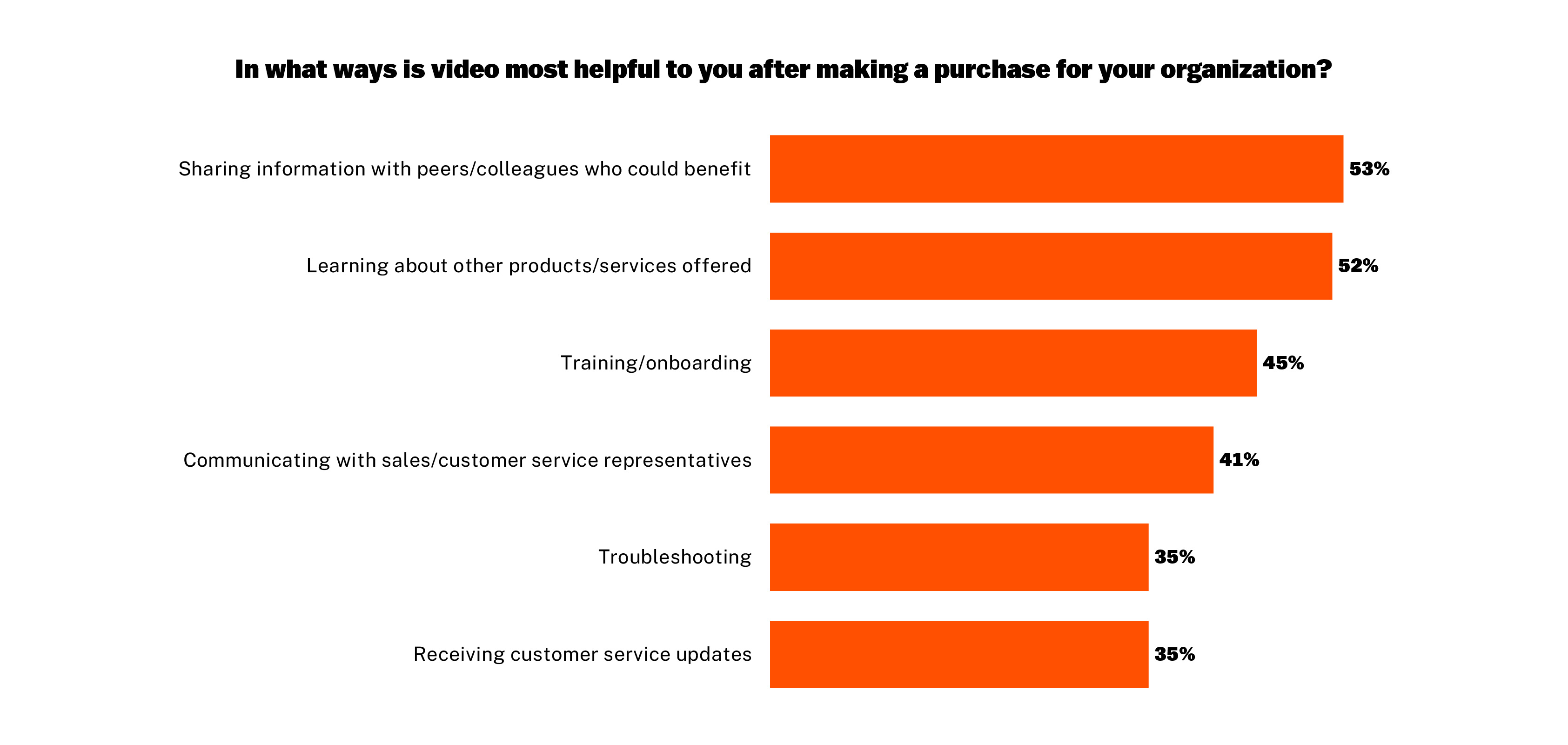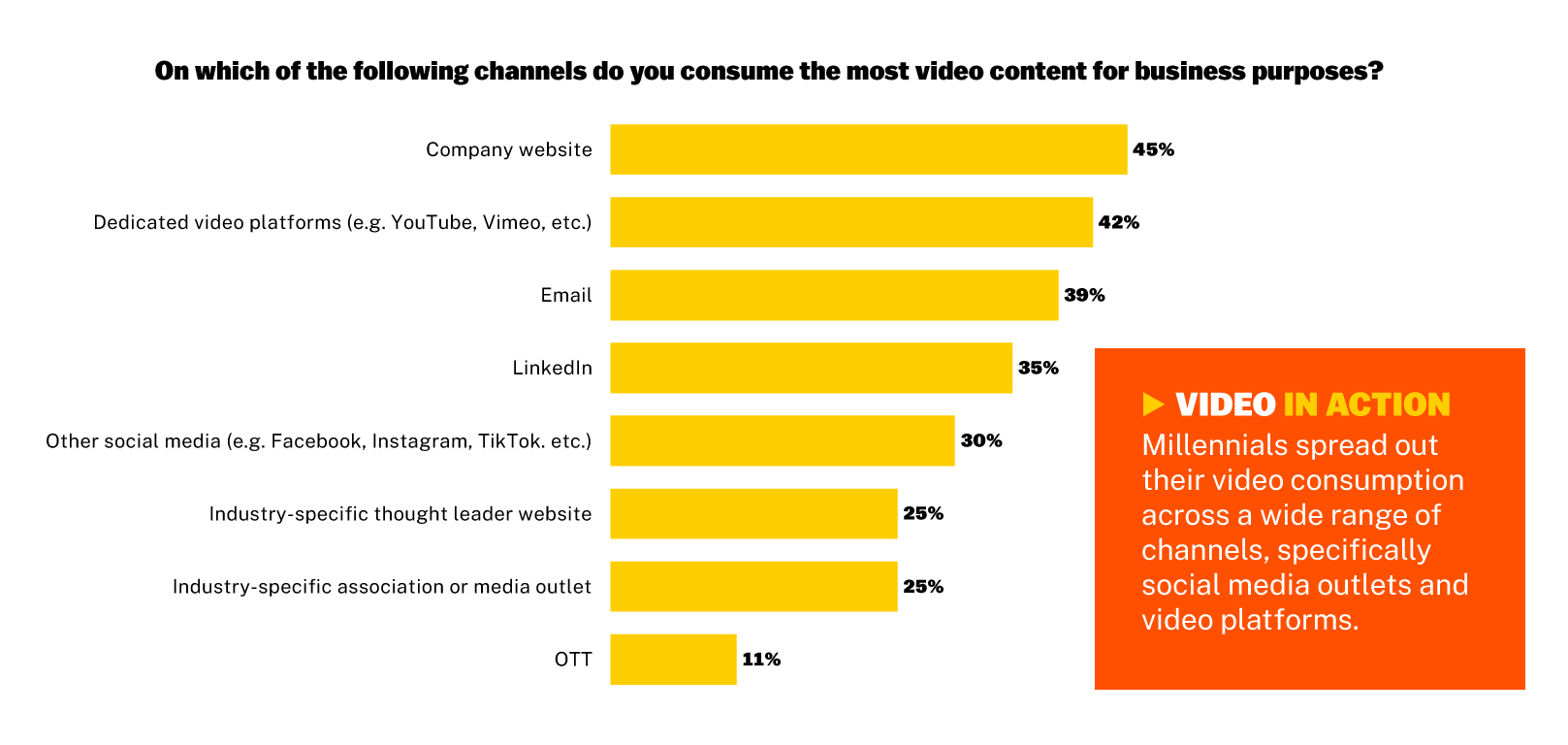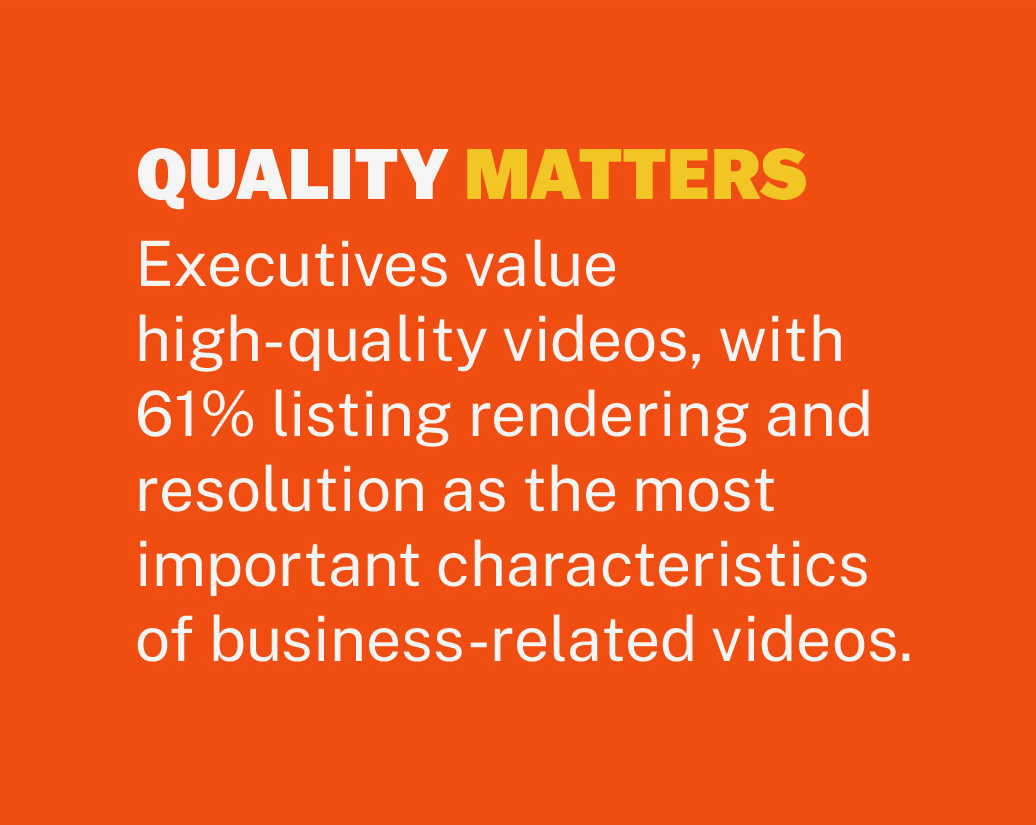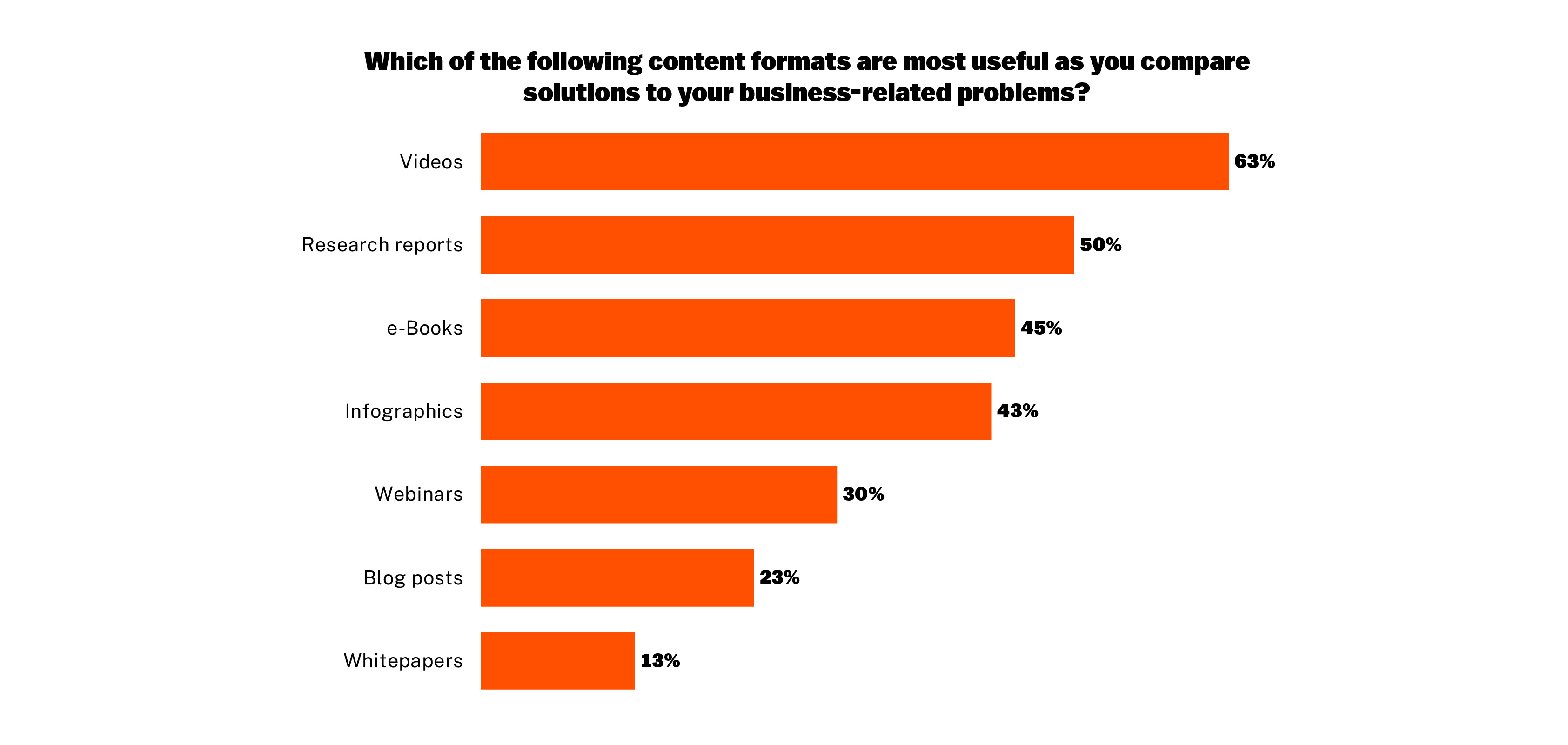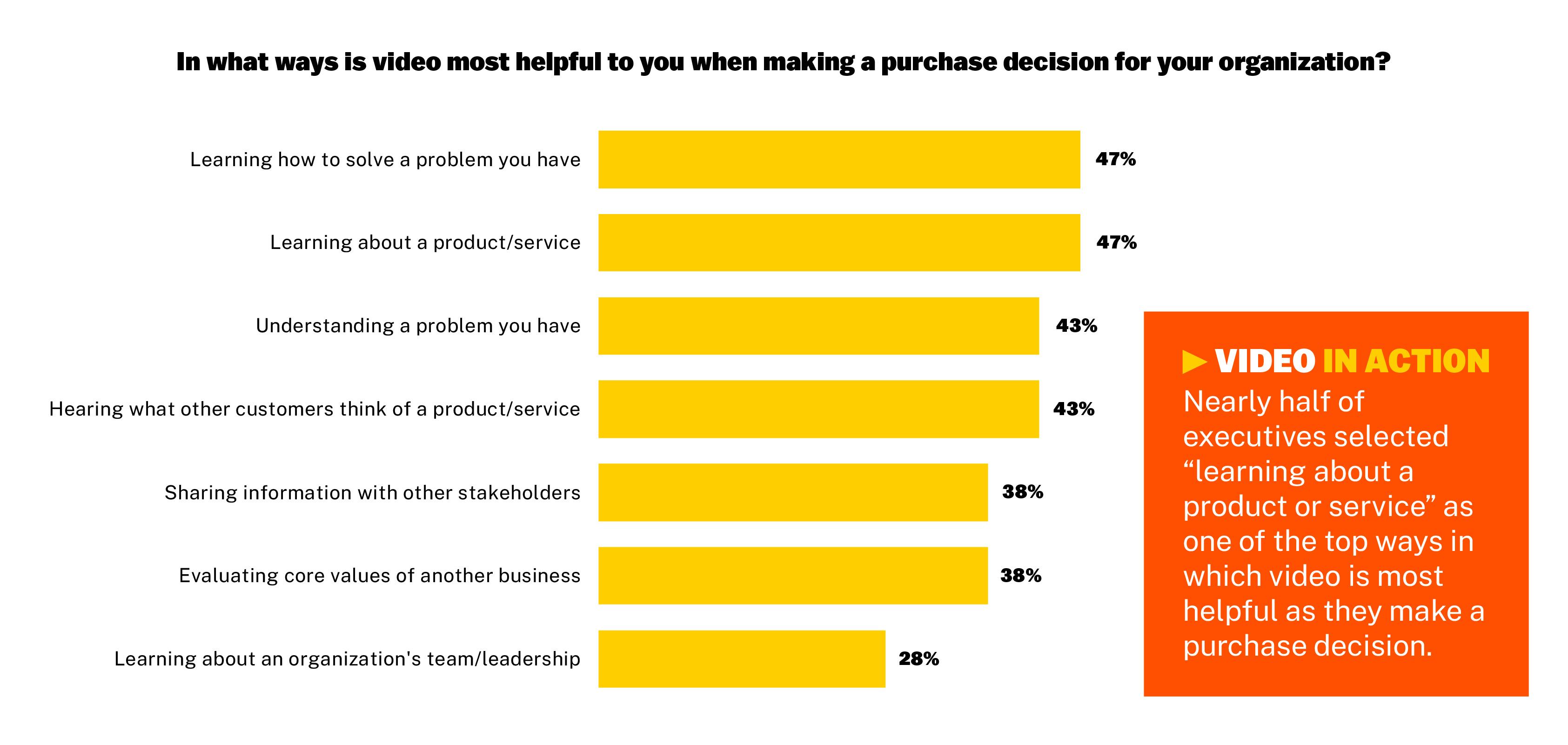4 WAYS VIDEO SOLVES THE CHALLENGES OF HYBRID WORKPLACES
bsp-admin-1 on July 14, 2022
Hybrid working models have many advantages. Flexible work hours. Increased productivity. The ability to split time between office and home. And best of all: no daily commute.
But hybrid workplaces have their challenges, too.
Remote employees may feel disconnected. Communication and alignment can suffer. And how do you nurture a strong company culture when people are rarely in the same place at the same time?
That’s where video comes in.
Video is a powerful tool for engaging, unifying, informing, and training a hybrid workforce. Here are four proven strategies for using video to improve hybrid work.
1. ENHANCE INTERNAL COMMUNICATIONS
There’s no better medium than video for telling a story or making an emotional connection, which makes adding video to your internal communications strategy a powerful way to energize and unite your hybrid workforce. What’s more, 48% of employees consider video the most engaging form of communication (compared to only 15% of employees who say email is most engaging).
There are countless opportunities to enrich the employee experience and strengthen company culture with internal comms video. Showcase company values and vision in executive interviews. Develop video series that advance corporate goals like diversity or employee wellness. Recap earnings calls, award ceremonies, product introductions, and more. A steady stream of video communications can motivate and help retain employees, whether they work remotely or on site.
2. CONNECT WITH VIRTUAL EVENTS
The worst of the pandemic may be over, but virtual internal events remain popular—and with good reason. Digital events offer the reach and flexibility required for a hybrid workplace. They are more inclusive than in-person events, eliminate travel time and costs, and allow you to tap into a deeper bench of speakers.
Turn company events into an opportunity for long-term employee engagement by livestreaming all-hands meetings and town halls, then making recorded sessions available for playback. Remote and in-office staff can watch event content when and where it’s convenient, with the option for repeat viewing. Making company meetings more accessible increases employee participation and the ROI of your events program.
3. TAKE TRAINING TO THE NEXT LEVEL
Video learning is an excellent fit for a hybrid workforce. Trainers can lead live classes with large, dispersed teams. Managers can hold one-on-one coaching sessions with direct reports who work remotely. Employees can watch on-demand video courses at their own pace, in their own space. And with a dedicated video destination, it’s easy for everyone, everywhere to keep their skills and knowledge up to date.
There are many tips and techniques for using video to increase training effectiveness and employee engagement. For example, video is an ideal delivery method for microlearning. You can boost knowledge retention by breaking long training content into several short videos with specific learning objectives. Adding quizzes, overlays, and other interactive elements allows you to deliver a compelling, lean-in learning experience in a hybrid workplace.
4. IMPROVE RECRUITING AND ONBOARDING
Hybrid work has forced companies to evolve recruiting and onboarding strategies, with video playing a valuable role in the revamped process.
Recruitment videos can increase hiring success at a time when hybrid working models make every employer a competitor for talent. Video job descriptions can help attract the right candidates faster. And video interviews make it easy to connect with prospective employees wherever they’re located.
You can accelerate and standardize the onboarding of a hybrid workforce with a hub of on-demand videos for everything new hires need to know. Consider developing a welcome video that describes who you are as a company and what your business stands for. Introducing new employees to your company culture is a must, especially when they’re remote. Department overviews, HR procedures, and IT policies also make helpful onboarding videos.
BEYOND BASIC VIDEO CONFERENCING
Effectively engaging a hybrid workforce requires more than a simple video conferencing tool. These basic products are fine for one-off meetings and peer-to-peer conversations. But they don’t address all the needs and possibilities of the hybrid world.
A robust video communications platform allows you to engage a hybrid workforce in more compelling, innovative, and secure ways. When considering video technology options, make sure you can:
- Create a branded destination where employees can explore and stream all training and internal comms videos.
- Deliver live and on-demand video experiences so employees can watch what they want, when they want. (Yes, video conferencing software can record meetings. But the recordings aren’t indexed, so they are hard to organize, search, and share.)
- Leverage rich analytics to track and maximize the impact of training and internal comms videos.
- Introduce interactivity into training and internal comms videos to keep employees interested and involved.
- Protect company information with security controls that restrict video access to the right employees.
VIDEO MAKES HYBRID WORK
As the prospects for a full return to the office fade, companies must overcome the challenges of informing and inspiring a hybrid workforce.
Integrating video into internal communications and training programs is an effective strategy to create a best-in-class employee experience for corporate and home offices. With the right video technology, you can build a cohesive team, sustain a strong company culture, and keep people connected, motivated, and learning—no matter where they work.






